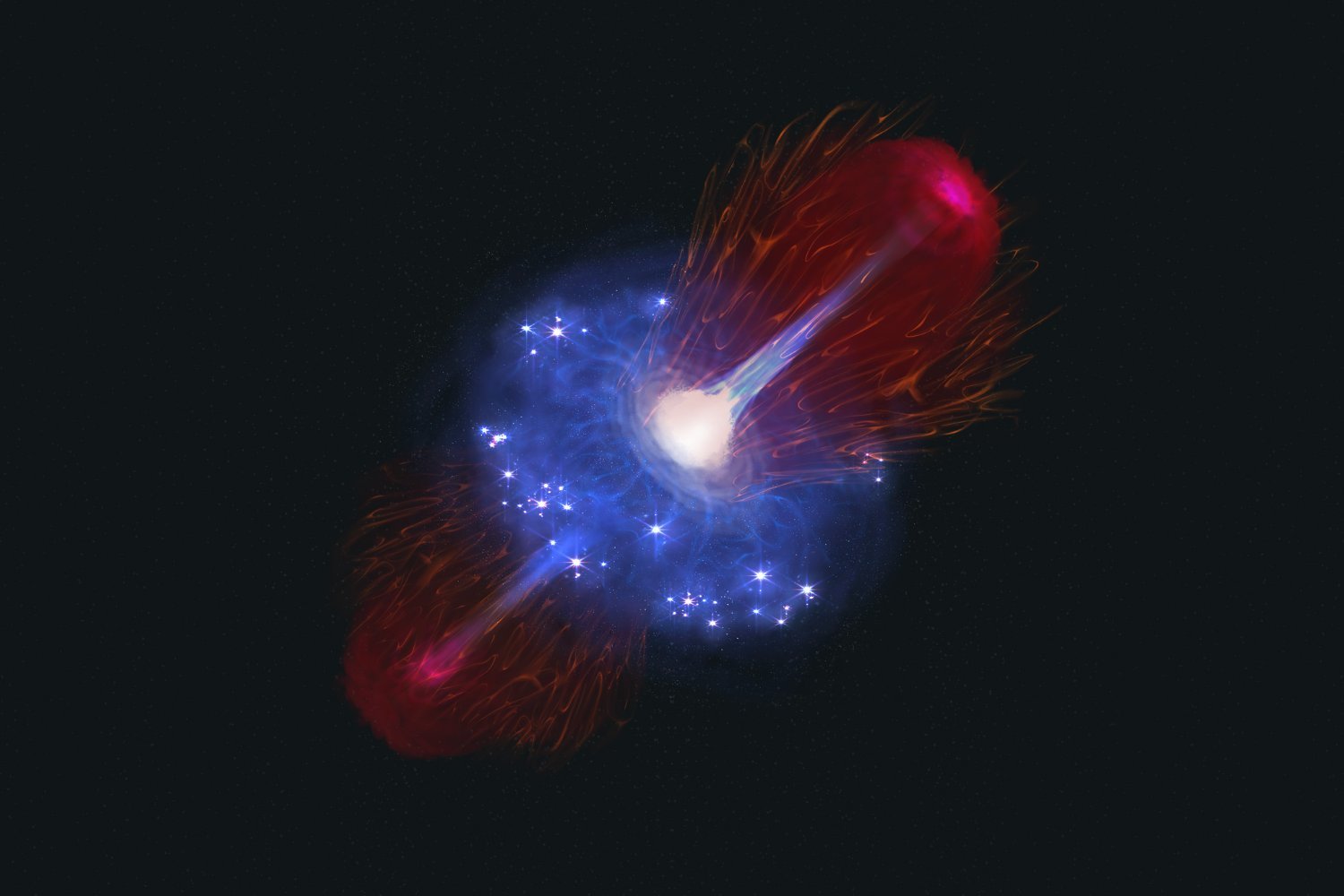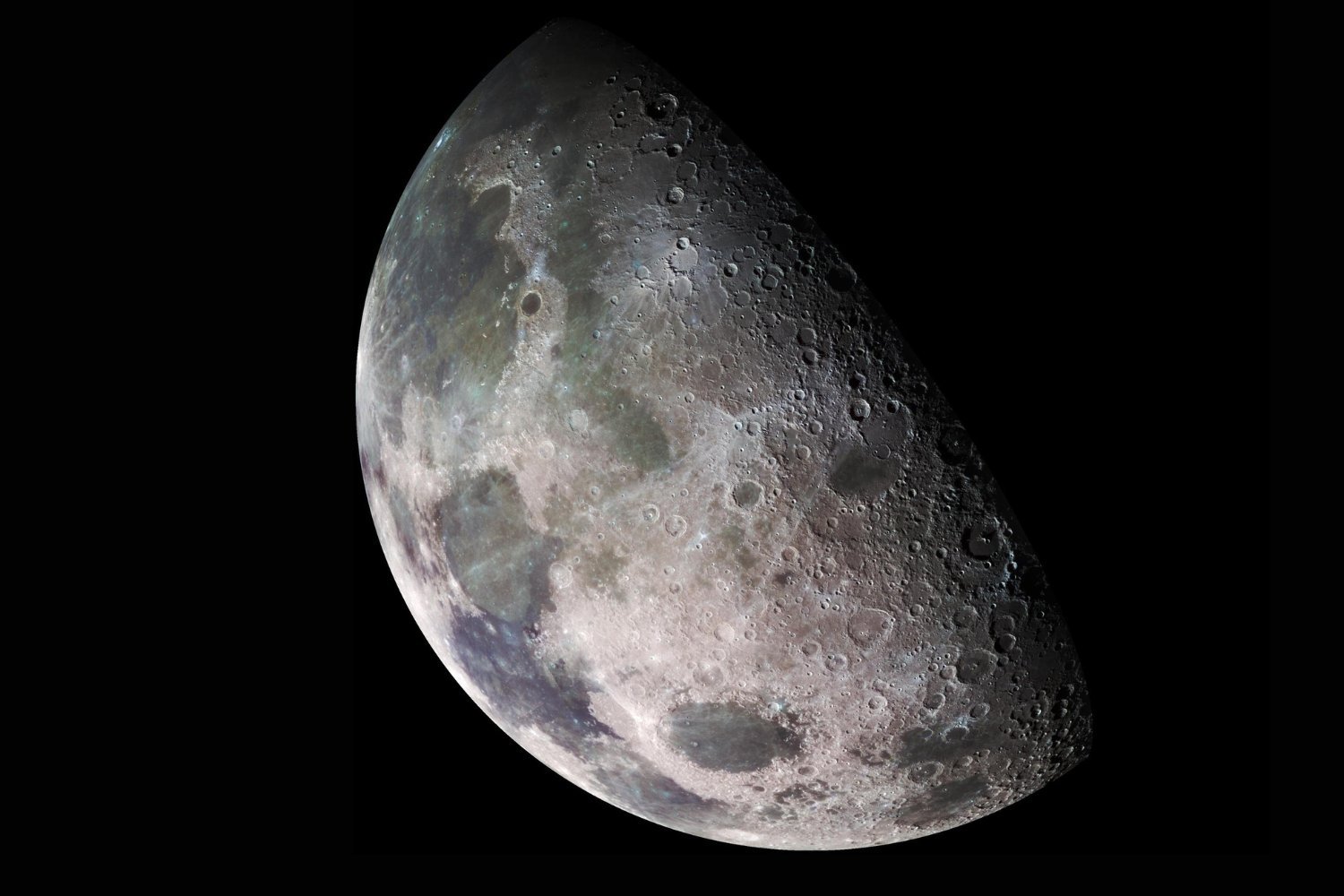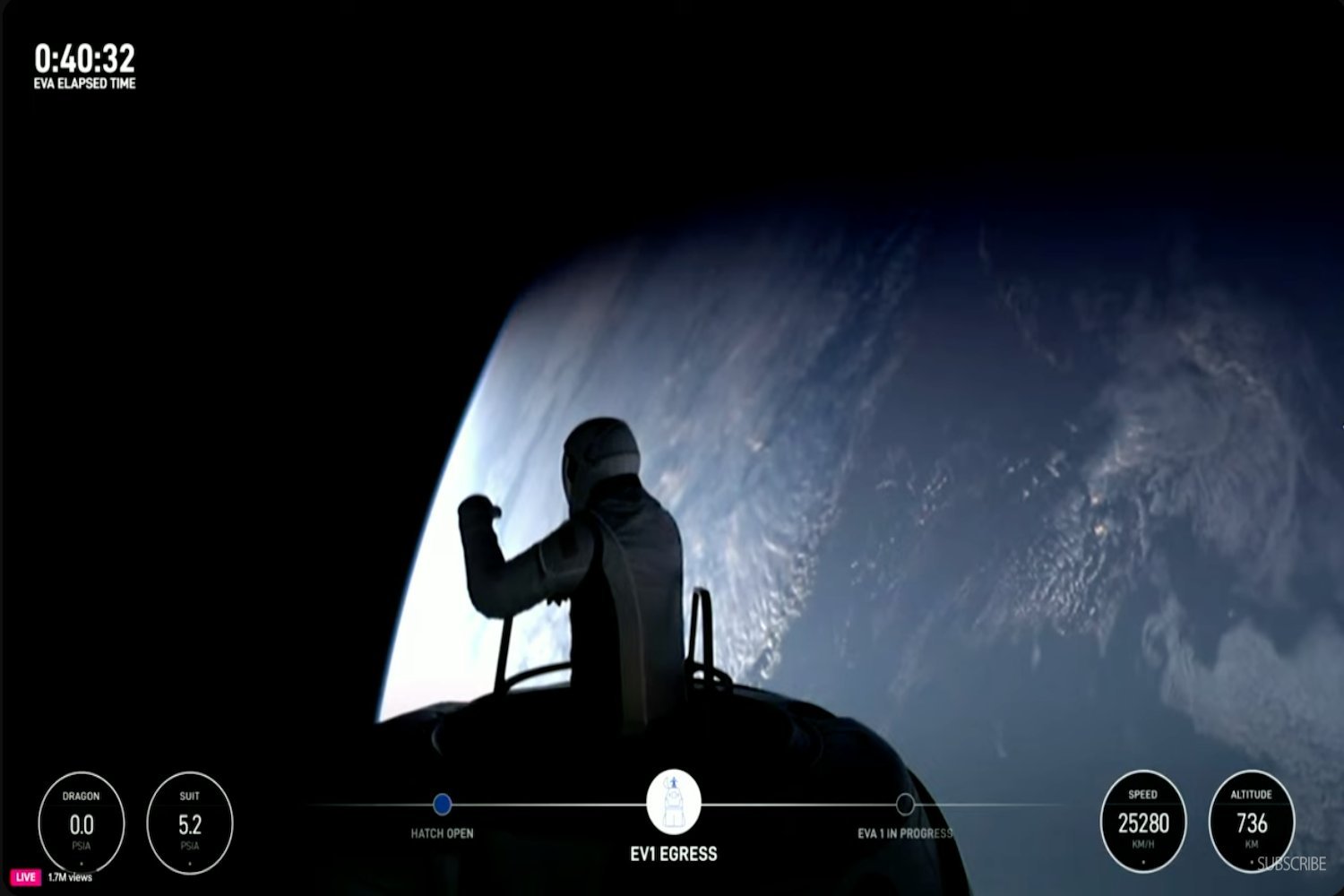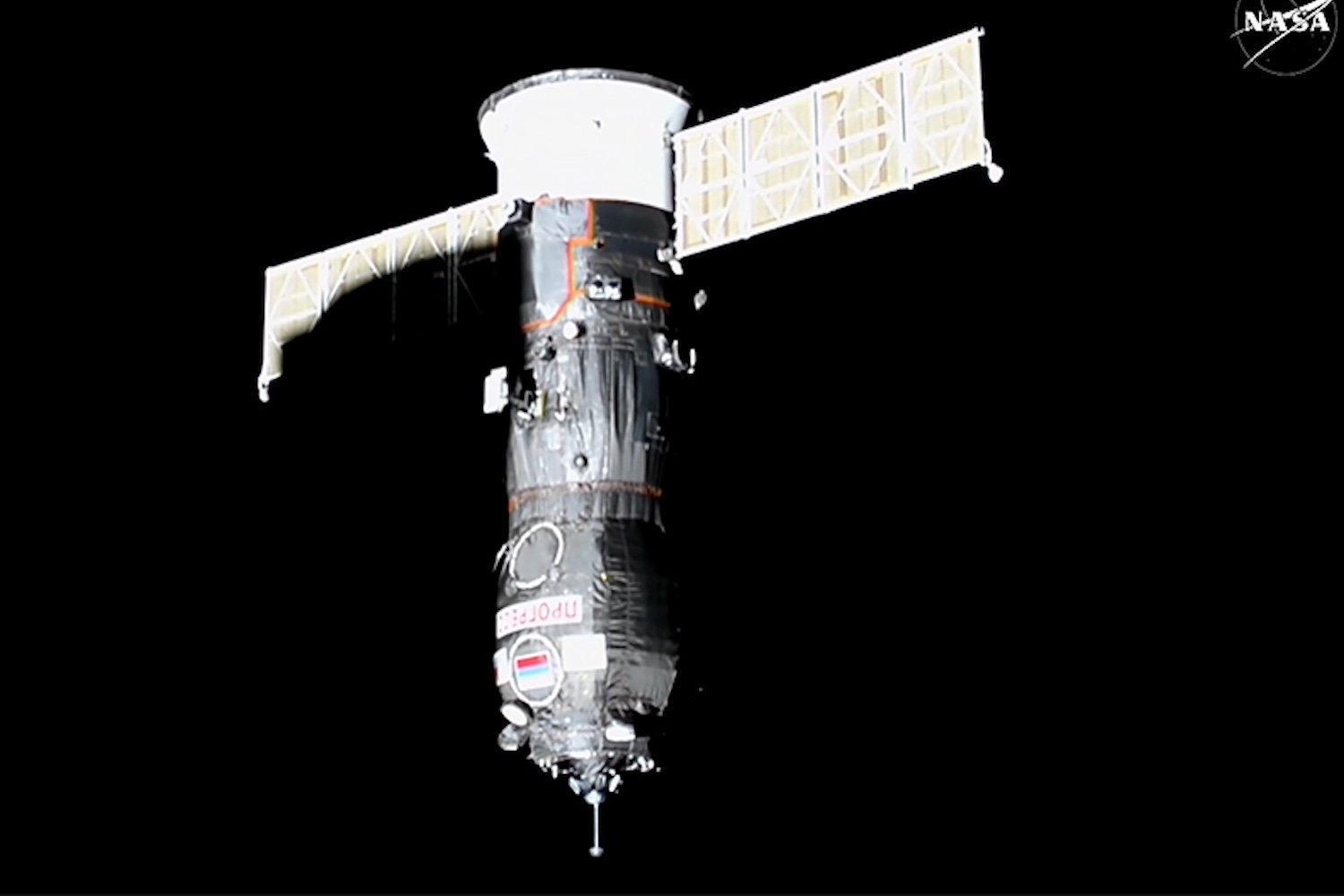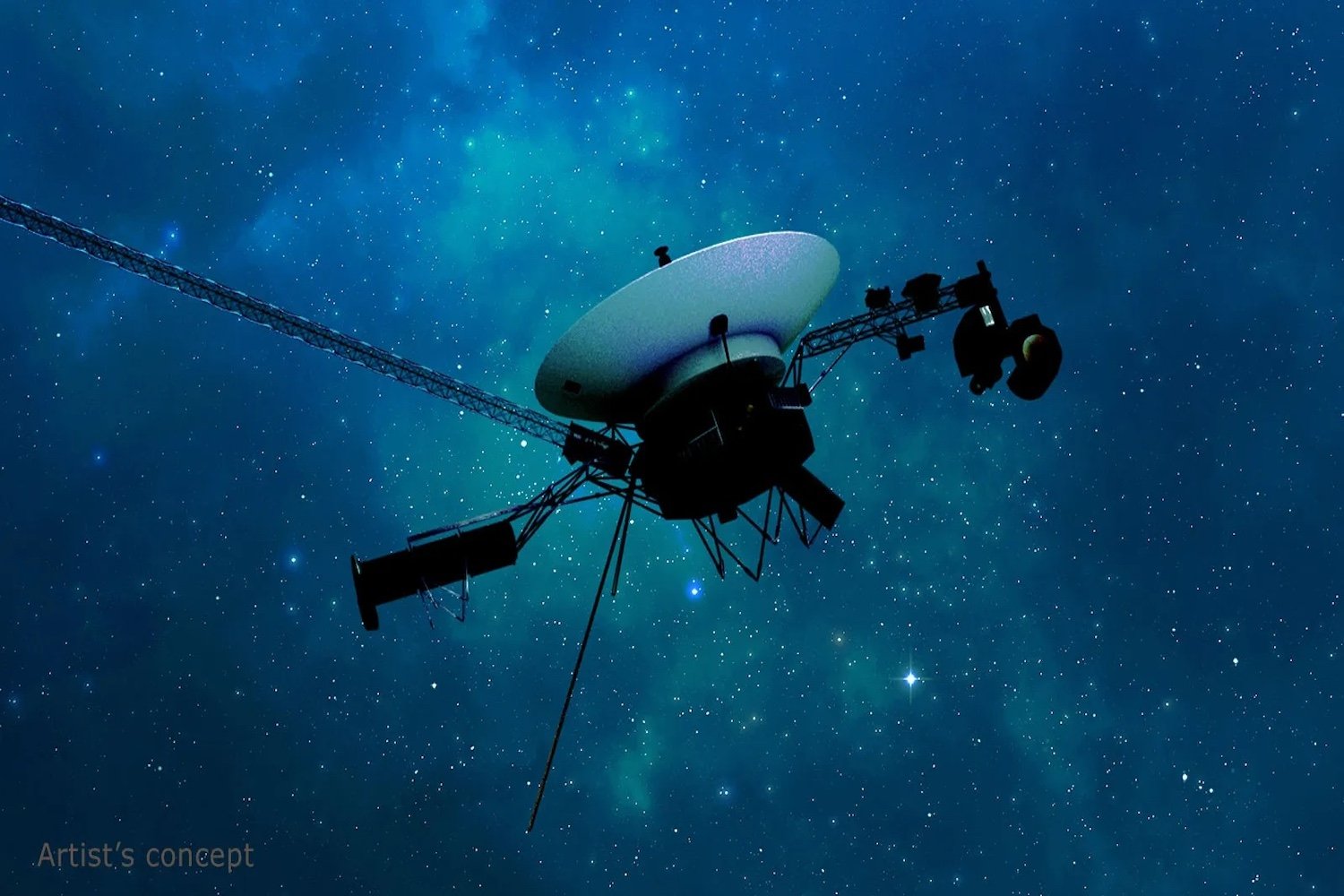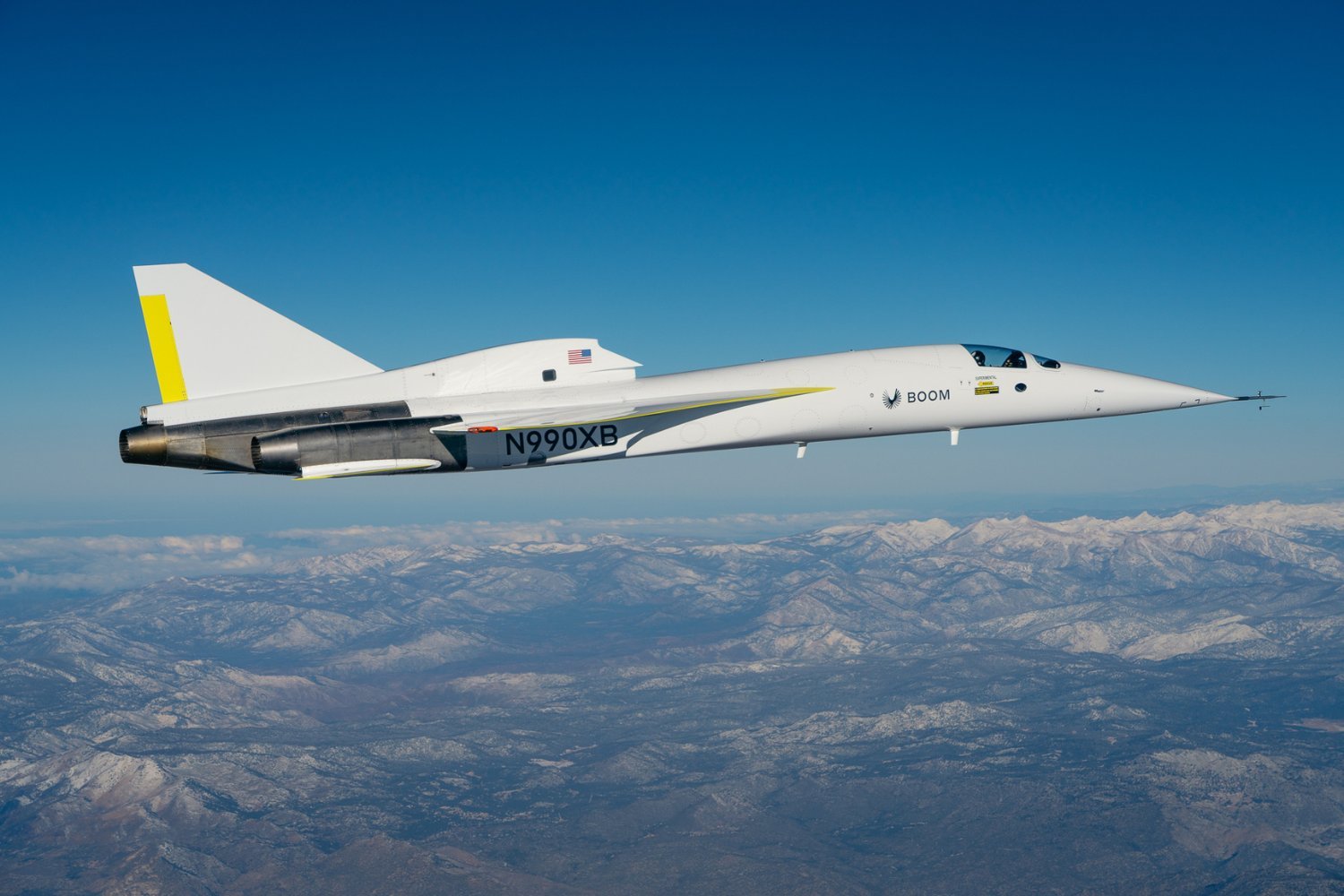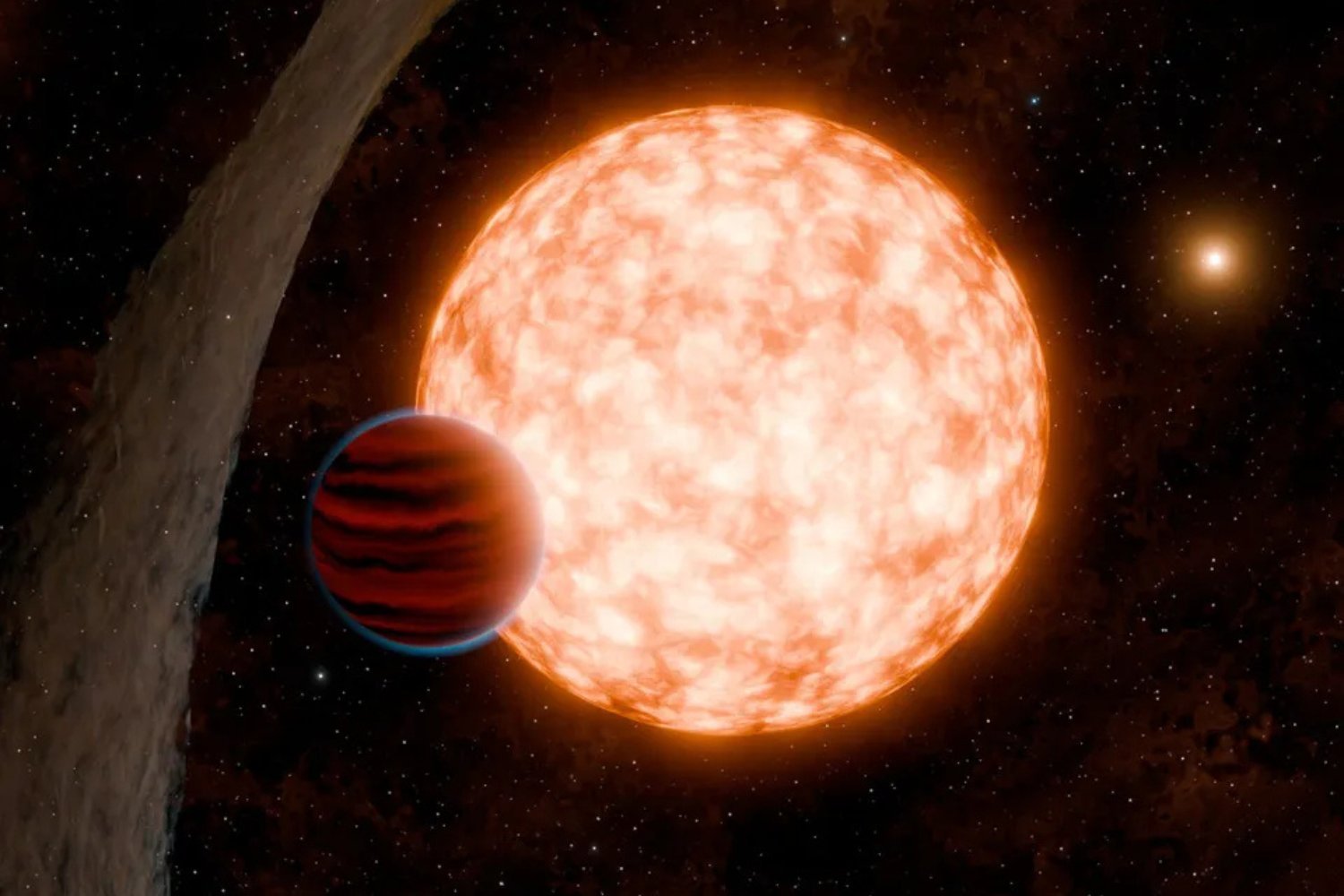The James Webb Space Telescope (JWST) has peered back in time, nearly 13 billion years, to uncover a colossal yet dormant black hole, challenging existing theories of black hole growth. This behemoth, estimated to be 400 million times the mass of our Sun, resides in a relatively small galaxy and poses intriguing questions about how such massive black holes form in the early universe.
JWST’s infrared vision allows it to penetrate interstellar dust clouds, revealing fainter and more distant objects. This capability has enabled astronomers to detect the dormant giant, which, despite its inactivity, is so massive its presence is unmistakable. The discovery highlights the early universe’s ability to produce such astronomical objects, even within comparatively small galaxies. The research team’s findings have been published in Nature.
According to lead author Ignas Juodžbalis, a researcher at the University of Cambridge’s Kavli Institute for Cosmology, the black hole’s dormant state allowed the team to accurately measure both its mass and the mass of its host galaxy. This insight provides valuable data for understanding the relationship between black holes and their host galaxies in the early universe. The surprising size of the black hole within such a small galaxy raises important questions about the formation and evolution of these cosmic giants.
Black holes typically grow by consuming surrounding matter, forming a glowing accretion disk. As material falls into the black hole, it emits bright flashes of light. However, this particular black hole appears to be inactive, defying conventional models of black hole growth.
Previous studies have examined black holes engaging in a variety of cosmic activities, from consuming stars to expelling them years later. These observations have contributed significantly to our understanding of black hole behavior. However, this new discovery presents a unique case. Unlike a previously studied black hole that consumes the equivalent of one Sun per day, this massive, dormant black hole presents a contrasting scenario.
The dormant black hole constitutes a significant portion, roughly 40%, of its host galaxy’s total mass, which is substantially larger than typically observed. This observation suggests that black holes may potentially form at large sizes, rather than gradually accumulating mass over time. Another possibility, proposed by study co-author Roberto Maiolino, also of the Kavli Institute, is that black holes undergo periods of intense activity followed by extended periods of dormancy. This hypothesis proposes that black holes may rapidly accrete material, briefly exceeding expected size limits, before entering a quiescent state lasting millions of years.
Despite the challenges presented by their light-absorbing nature, astronomers continue to study black holes by observing their effects on surrounding matter, including the accretion disk. This allows for the development of more sophisticated models simulating the extreme physics governing these enigmatic objects. The discovery of this dormant giant provides a new piece of the puzzle in understanding the evolution and growth of black holes, especially in the early universe.



